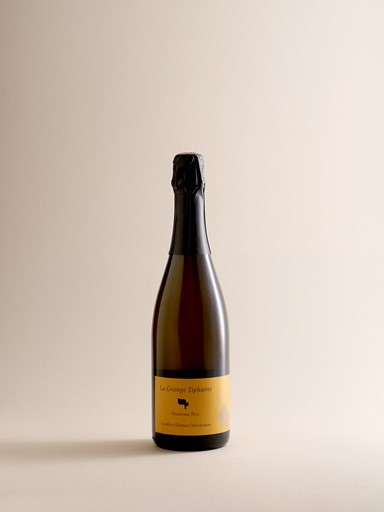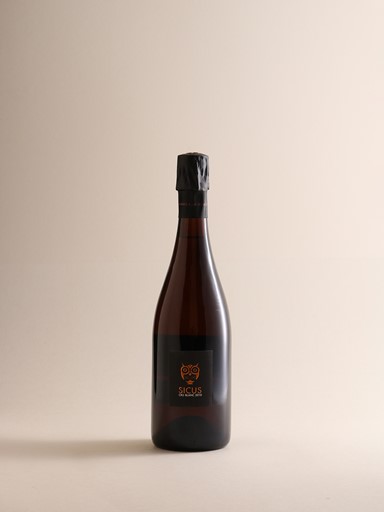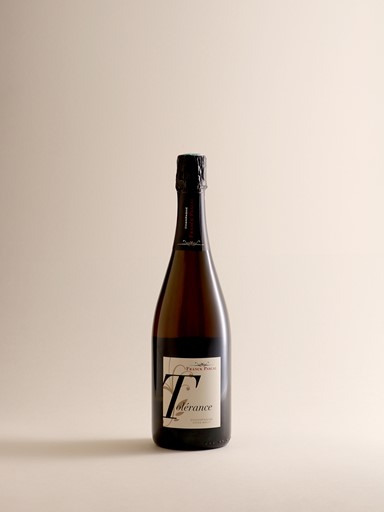
Bubbles!
Pét Nat or The Traditional Method
Because there’s always reason to celebrate...
Which fizz will you choose? Many of you will have heard the name Pét Nat being bandied about, but what is the difference between a Pét Nat and Traditional Method sparkling wines?
You may think that Pét Nat is the trendy new kid on the block, but in fact, this method of making sparkling wine has been around the longest - dating back to 1531. With its origins rooted in France, Pét Nat is short for Pétillant Naturel, which translates to ‘naturally sparkling' wine. In technical terms, this method is known as the Ancestral Method, a grand-sounding but simple and delicate vinification process that requires little intervention in the cellar. A key difference is that Pét Nat is bottled when the wine is only partially fermented, and there is no addition of sugar or reserve wine. This means that fermentation continues in the bottle and the CO2 trapped inside is absorbed into the wine as bubbles! Typically, these wines are sealed with a crown cap which is a signal to crack them open and drink them within the first couple of years. Generally speaking, Pét Nat’s are naturally low in sugar with softer, larger bubbles. Winemakers, such as Franck Pascal in Champagne, uses both the Ancestral Method and Traditional Method. Note that all of his wines are bottled with a champagne cork and have excellent ageing potential.
The main difference between the two is that with the Traditional Method - the wine undergoes a second fermentation in bottle - induced by adding sugar and reserve wine. This process is known as ‘dosage’ or 'liqueur d’expédition' and is used to help balance acidity and sweetness. The amount of sugar can range between 0-50+ gram per litre depending on the style of sparkling wine - lookout for the indication on the bottle: Brut Nature - 0 grams, Extra-Brut 0-6 and Brut 0 -12 grams.
But what most people love about Traditional Method sparkling wines is their ability to benefit from several years of ageing, to mature and develop complex flavours along with the extra zippy bubbles that are produced after secondary fermentation. This explains why bottles are sealed with corks and metal cages.
But the best way to understand is to try for yourself... so we’ve pulled together a selection of the best examples for you to enjoy on any occasion. And if you're looking for some restaurant inspiration, check out our stockist page, where you can view all of our restaurant partners from North London to Glasgow!
2018 Montlouis-Sur-Loire "Nouveau Nez” Pét Nat
La Grange Tiphaine
This original sparkling wine is made from 100% Chenin Blanc in the Montlouis-sur-Loire appellation and shows the purest expression of its origins.
Montlouis-sur-Loire in Touraine has now raised the status of pétnat and included it in its appellation regulations and La Grange Tiphaine is a star producer in Montlouis Sur-Loire and having played a pivotal role to help the resurgence of the Pét Nat style.
Match it with: On its own or as an apéritif or as a digestif. But why not try to pair it with a meal of fish, poultry, or a white fruit dessert?
Ageing potential: 3 to 5 years
Shop Now

2010, Cru Blanc Sparkling White
Sicus
This beautifully textural, creamy 100% sparkling Xarel-lo was bottled in 2010 and has been patiently resting on its lees for 8 years, which is longer than most Champagnes! The lees ageing gives way to a greater depth and complexity of flavour and the craftsmanship that goes into making this exceptionally well priced and elegant sparkling wine is unparalleled.
Match it with: Scallops
Ageing potential: Drink now
Shop Now
NV, "Tolérance" Rosé Brut
Franck Pascal
A blend of 89% 2009 and 2010 "Reliance" Brut Nature and 11% of the Coteaux Champenois "Confiance". Together they make up. 56% Pinot Noir, 38% Pinot Meunier and 11% Chardonnay. Aged for 7 years on lees before disgorgement in 2019.
Dosage: 4g/L
Match it with: Will pretty much go with everything from chocolate dessert to fried chicken!
Ageing potential: A good 10 years
Shop Now
